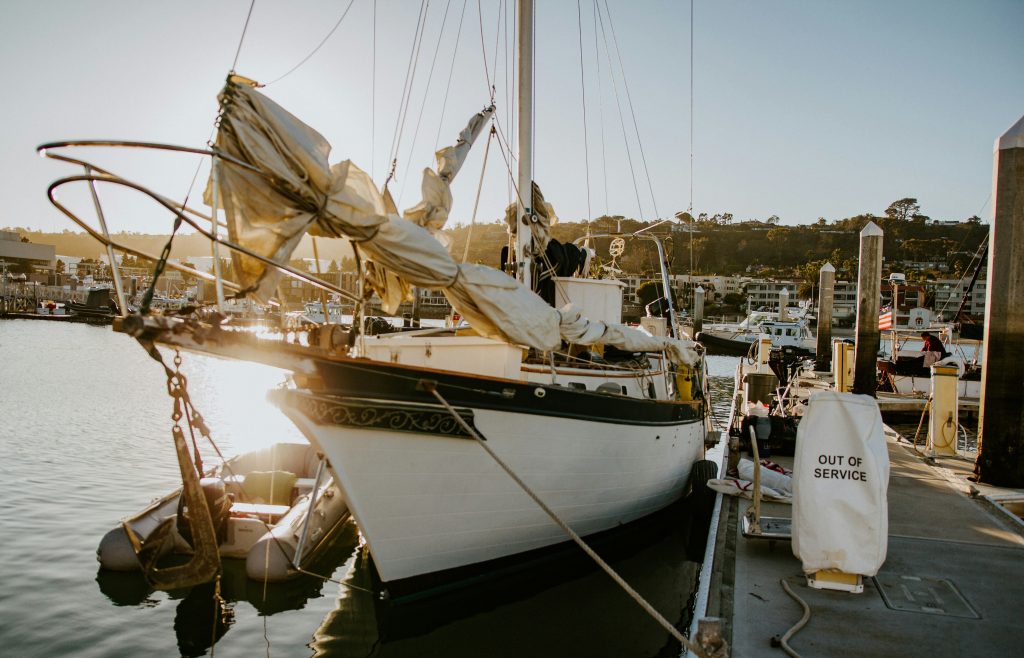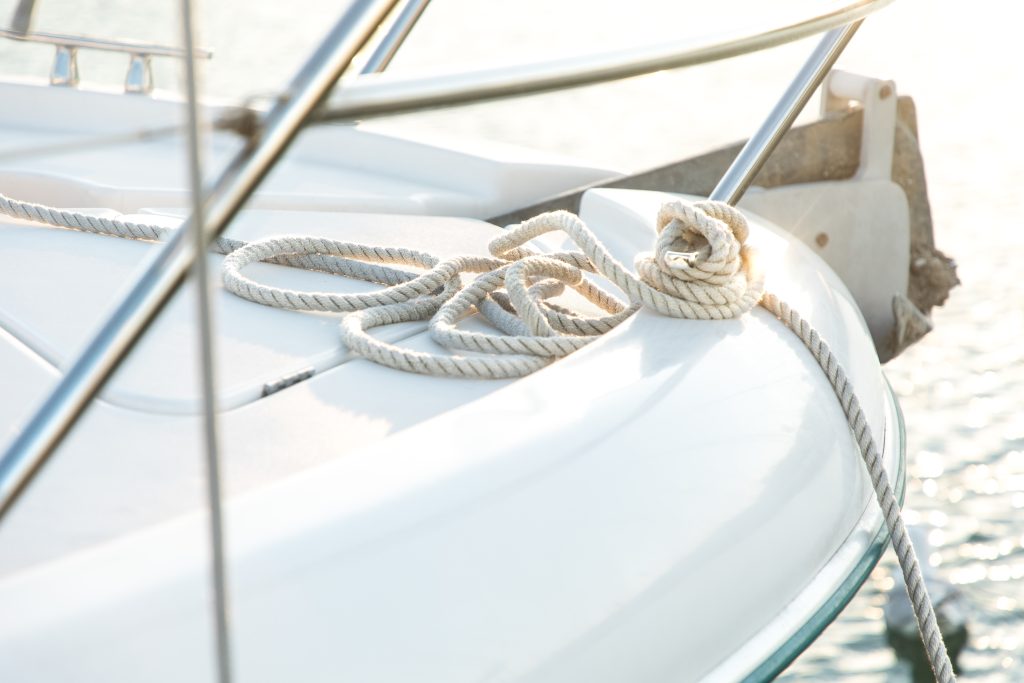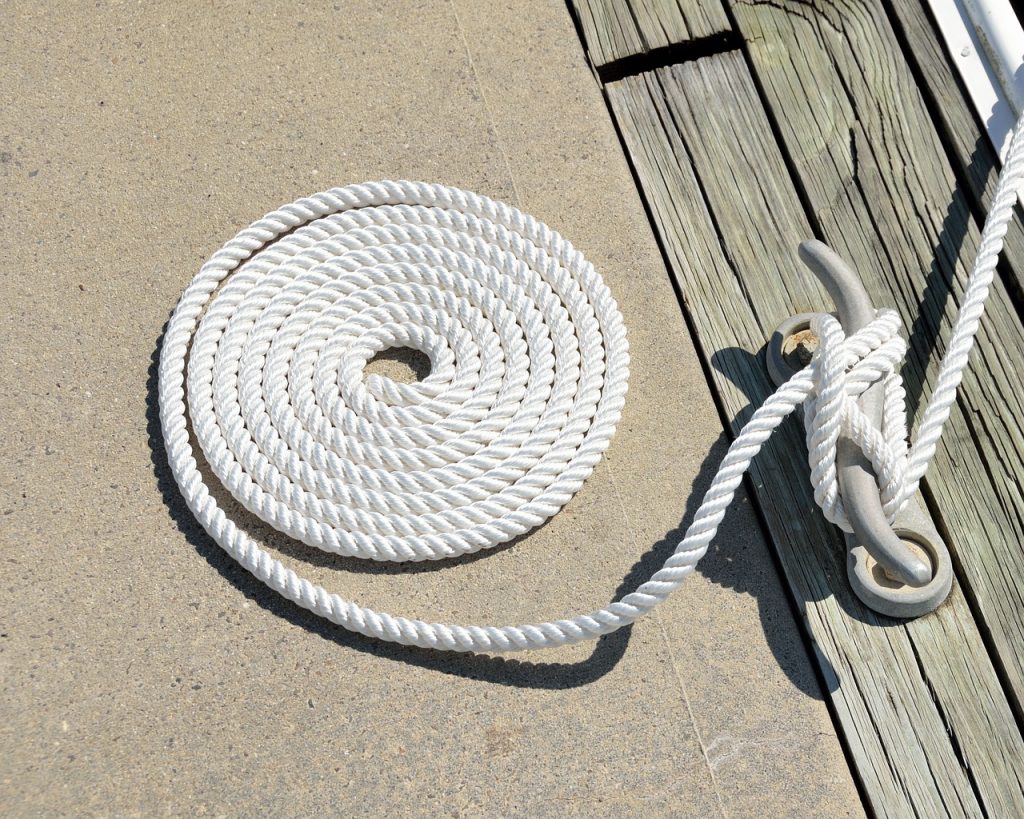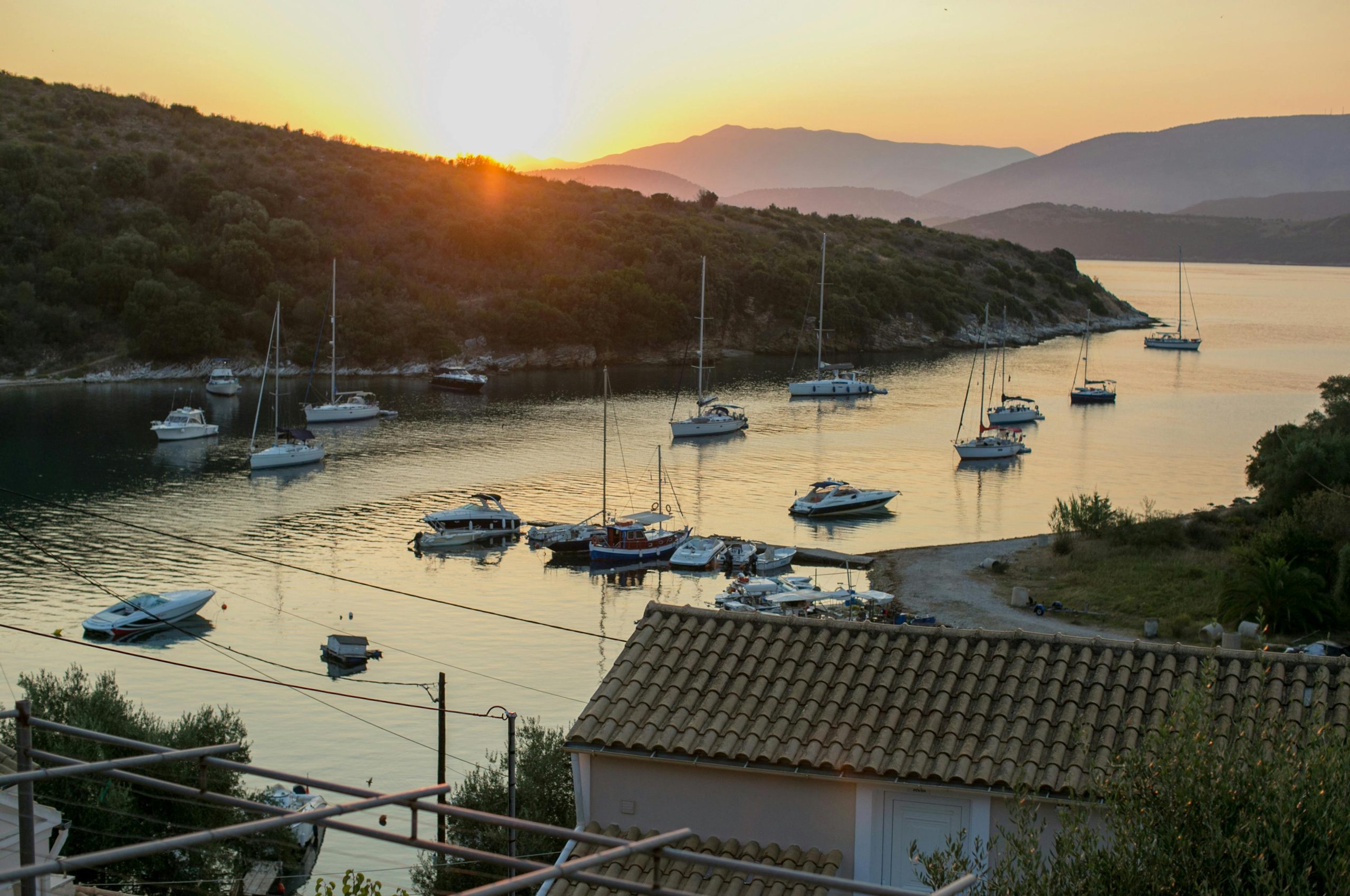Someone calls us on our mobile phone: it’s the Coast Guard, informing us that our boat has been
found drifting, several miles from the port where we had moored it. How shocking must it be to
receive such a phone call? And yes, we would like to say that this is an extremely remote,
practically impossible possibility. That’s not quite true: you just need to occasionally read local and
national news to find stories of boats that, due to major negligence – or minor negligence combined
with bad weather – break their moorings and leave their berth. This happened, for example, in August
in San Cataldo, a few kilometers from Lecce: some beachgoers saw an unmanned inflatable boat
drifting in the water. The alarm was immediately raised, as that same dinghy showed signs of
“life,” carrying fishing equipment; the worst was immediately feared, with the Coast Guard
promptly checking whether it was a sea accident or, more simply, an unstable mooring. It took just
a few hours to confirm that the second hypothesis was correct: the dinghy had been moored hours
earlier in Casalabate, several miles away, with the moorings somehow coming loose. And note, this
is just one of many such stories that can be found in the newspapers: last year, for example, a
sailboat made headlines when, after breaking its moorings on Lake Maggiore, it ended up crashing
into the pillars of a well-known lakeside restaurant. It’s therefore worth reviewing once again how
to organize safe mooring in port, to ensure that upon return, your vessel is still perfectly secure in
its berth, without any damage!

Increasing risks
Learning to moor your boat safely, it should be emphasized, is increasingly important,
as the threats seem to grow year after year. Boaters who regularly moor
their small and large vessels in our tourist port of Genoa, thanks to the
protection offered by the breakwater, need not fear the fury of the sea, but it is still a
fact that in recent years extreme weather events have become increasingly
frequent. It’s no coincidence that in recent years, compensation claims submitted
to marine insurers have been steadily increasing, driven by storms and winter
damage. Indeed, with increasingly strong winds, boats’ vulnerability increases, and it is
therefore mandatory – to protect both your hull and others, namely the other
boats moored in the marina – to learn how to best manage mooring.
How to safely moor a boat in port: managing the lines
For safe mooring, it’s important first of all to ensure you have quality mooring
lines in good condition. Regarding materials, there isn’t a wrong choice: however,
it’s important to know that different materials have different characteristics. In the case of
polyester mooring lines, for example, it’s important to remember that their elasticity is extremely low,
making the use of a shock absorber almost essential; in the case of polypropylene,
on the other hand, you’ll need to remember that their durability is lower, as is their resistance
to abrasion.

It’s also important to follow the basic rules for different types of mooring: a side berthing requires
at least two lines, one at the stern and one at the bow, making sure to prepare in advance
all necessary fenders on the side that will be alongside the dock; in stern-to mooring, the most
common in the Mediterranean, both sides of the stern are secured to the dock in a V-shape, keeping the bow
in place with a mooring buoy, an anchor, or a line.
The tension adjustment of mooring lines is crucial, a concept about which there are
actually different schools of thought. Consider the classic stern-to mooring with
double dock lines and a deadweight at the bow: how tight should the lines be?
The main objective for safe mooring should be to prevent the boat from getting too close to the dock or other nearby moored boats, or from breaking free and drifting away; instinctively, one might be inclined to tighten the mooring lines as much as possible, to immobilize the
boat, even against surge or strong winds. But beware:
absorb shocks, exposing both themselves and the boat to damage. For this
reason, it’s always best to opt for a compromise, with firm but soft moorings,
capable of keeping the boat steady without violently jerking it.

Reinforcing port mooring lines
Those seen above are the basic rules for mooring. But what should be done to make it
more stable? Consider those who leave their boat moored in the port for days or even weeks or months,
and therefore want to be certain they won’t receive an alarming call from
the Coast Guard or marina manager; but also those who will return to their berth the next day,
knowing that the weather forecast predicts strong winds for the following hours.
What to do? First, it’s important to be very cautious in estimating the loads that mooring lines
are subject to during a storm: it’s therefore good practice to double up on lines, as well as protect them,
for example by placing coverings made from old rags or sections of rubber hose at friction points.


